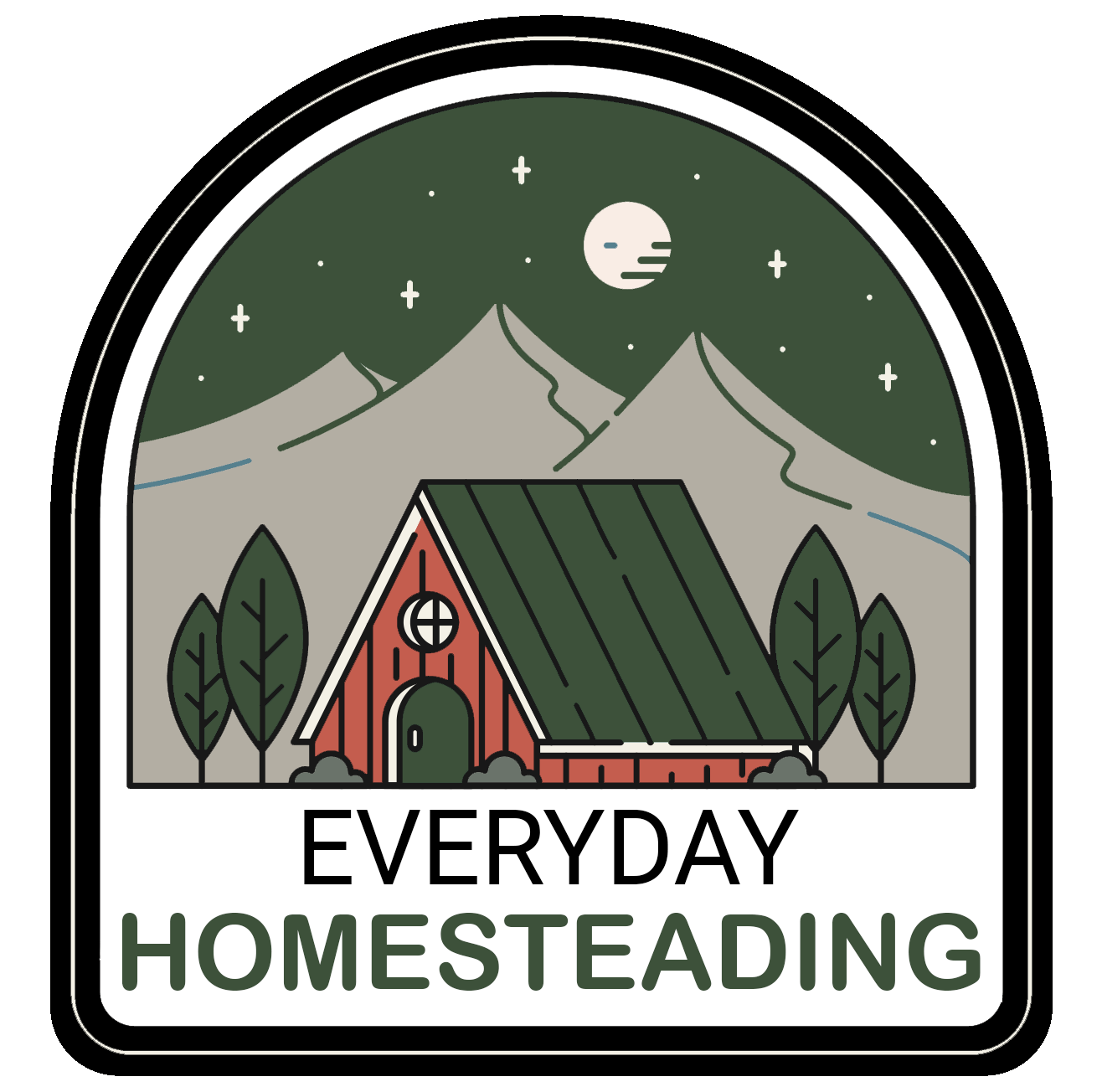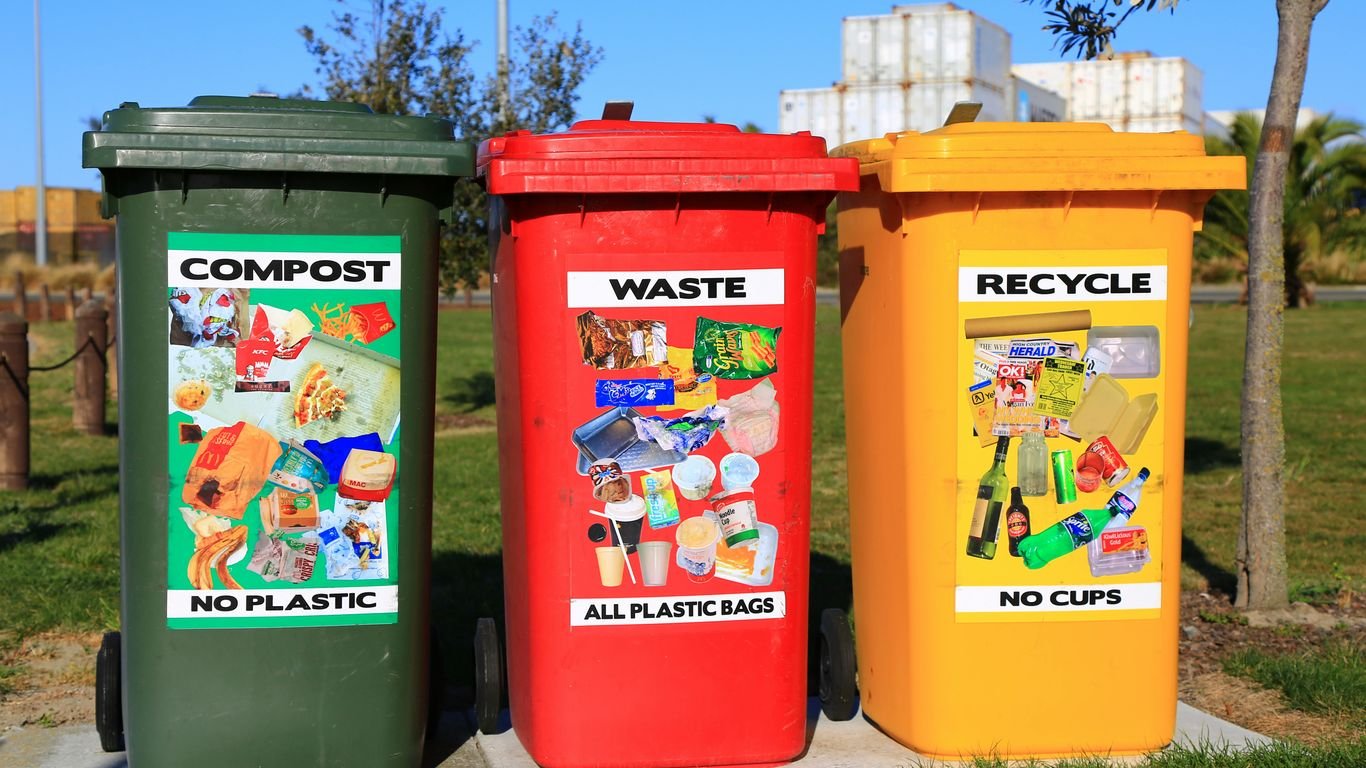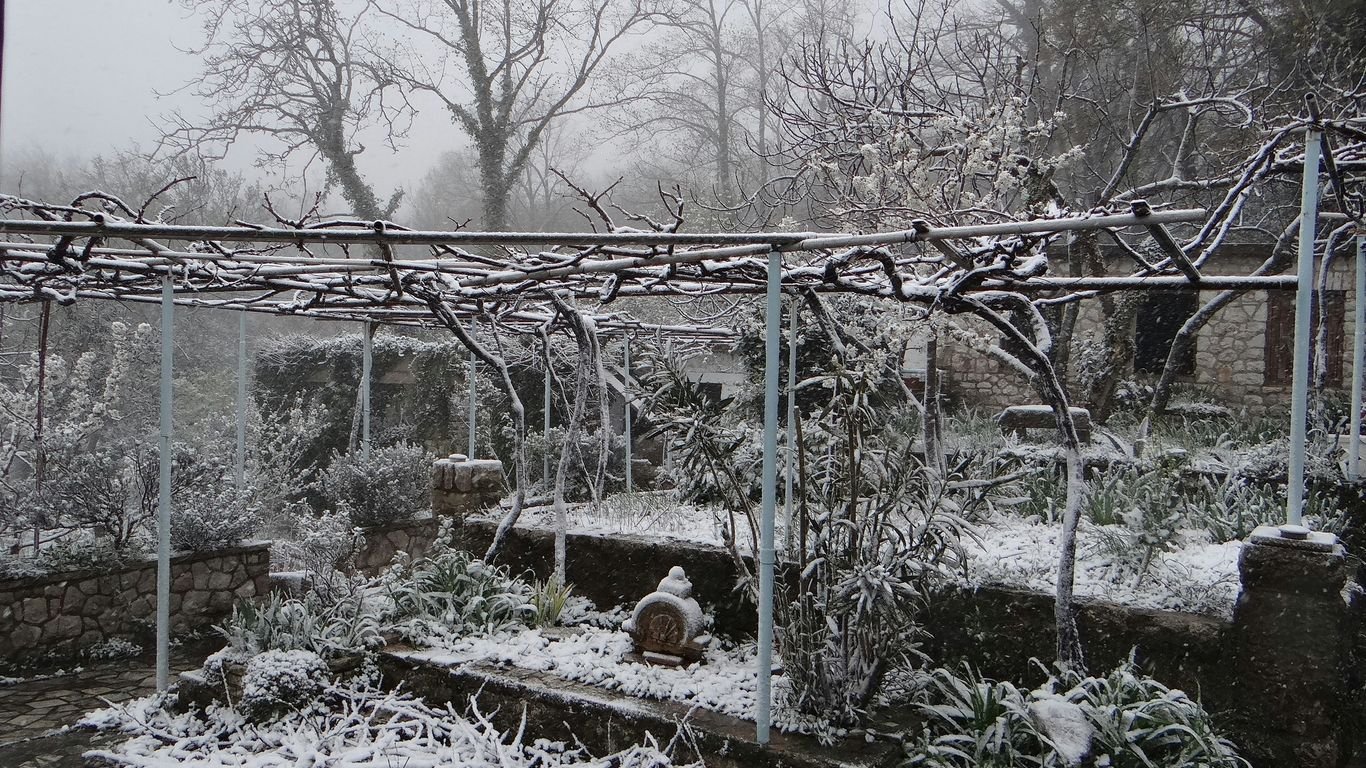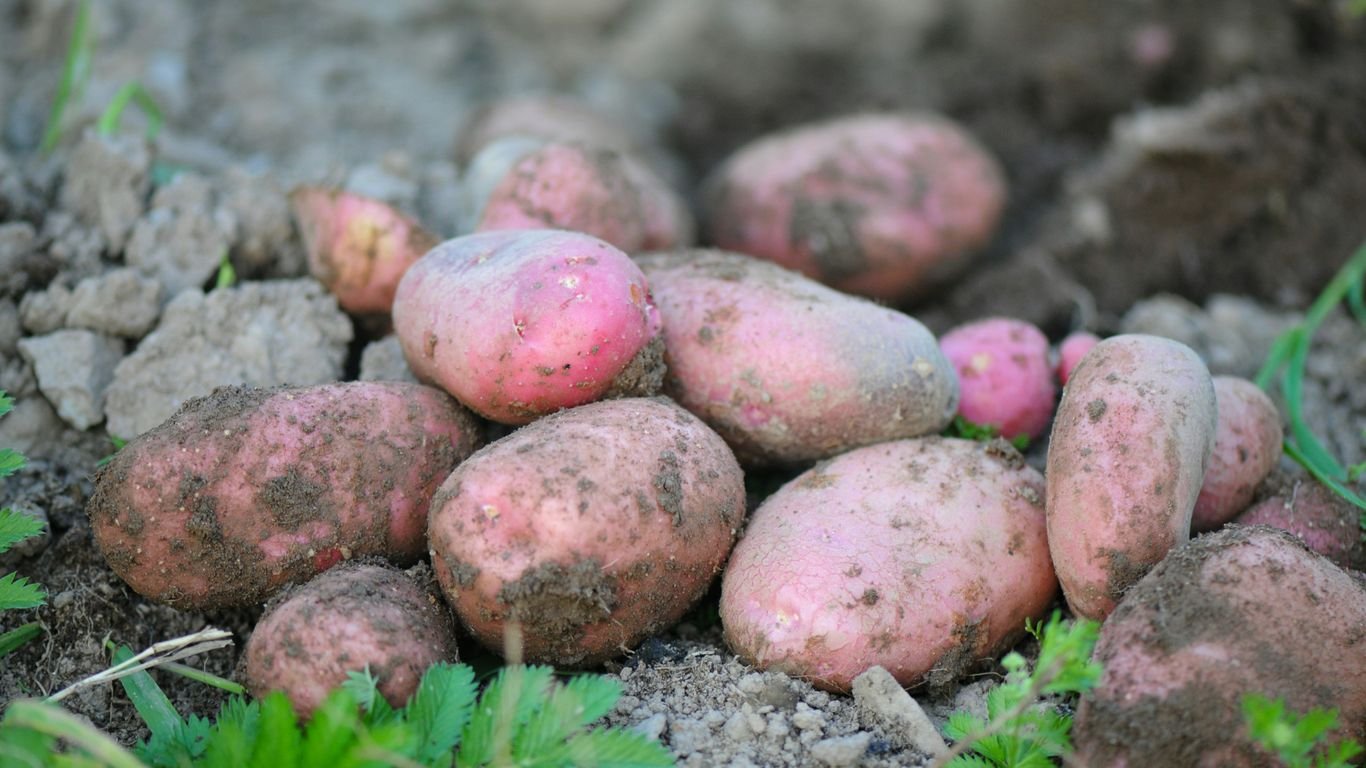Zone 7 December Gardening Tasks: Planning, Mulching, and Indoor Projects

December in Zone 7 offers a unique chance to slow down and prepare for the next gardening season. While the weather might keep us indoors more, there’s still plenty we can do to set ourselves up for success. We can review last year’s efforts, plan for new plantings, and tackle indoor projects that will benefit our gardens later on. It’s a time for thoughtful planning and cozy indoor work, ensuring our gardens will thrive when spring arrives.
Key Takeaways
- Review last year’s garden successes and failures to inform your planning for the upcoming season.
- Order seeds early to ensure you get the varieties you want before they sell out.
- Protect existing plants and prepare beds by applying mulch to insulate roots and enrich the soil.
- Tackle indoor projects like cleaning tools, starting seeds, and caring for houseplants.
- Plan for early spring planting by ordering bulbs and starting slow-growing seeds indoors.
Zone 7 December Gardening: Planning for Success
December in Zone 7 is a fantastic time to shift our focus from active gardening to thoughtful planning. While the garden beds might be resting, our minds can be buzzing with ideas for the next growing season. It’s the perfect moment to reflect on what worked (and what didn’t!) in the past year and to start dreaming up the bounty we want to harvest next.
Reviewing Last Year’s Garden Successes
Before we get too carried away with new plans, let’s take a moment to look back. Pull out those garden journals or even just your notes from last season. What varieties of tomatoes produced the most fruit? Did that new variety of pepper do well in our climate? Were there any particular pest problems that really got out of hand? Jotting down these observations now will save us a lot of guesswork later.
- Note successful plant varieties.
- Identify any pest or disease issues.
- Record what worked well in terms of soil amendments or watering schedules.
Dreaming Up Next Season’s Bounty
Now for the fun part! With our past experiences in mind, we can start envisioning what we want to grow next year. Think about expanding your favorite crops, trying out those heirloom varieties you’ve been curious about, or perhaps dedicating more space to a particular vegetable. This is also a good time to consider crop rotation. If you had issues with certain diseases last year, moving those crops to a different spot in the garden can help prevent their return.
Planning ahead helps us make the most of our garden space and resources. It’s about setting ourselves up for a successful and enjoyable growing season.
Ordering Seeds Early for the Best Selection
As you’re dreaming up your garden, you’ll likely be flipping through seed catalogs that are starting to arrive. Don’t wait too long to place your orders! Popular varieties, especially heirlooms and open-pollinated types, can sell out quickly. Ordering in December or early January ensures you get the widest selection and the best chance of securing the seeds you want. It’s also a great way to get a head start on the growing season, even if it’s just by planning.
Winter Mulching Strategies for Zone 7
December in Zone 7 is a prime time to get serious about mulching. It’s not just about making things look tidy; it’s a really important step for protecting our plants through the colder months and setting ourselves up for a great spring.
Protecting Perennials and Root Crops
We want to give our established perennials and any root crops we’re leaving in the ground a good defense against the frost. A nice, thick layer of mulch acts like a cozy blanket. For perennials, this helps keep the soil temperature more stable, preventing those damaging freeze-thaw cycles that can heave plants right out of the ground. Think about your more tender perennials – they’ll really appreciate this extra insulation. For root crops like carrots, parsnips, and leeks that we plan to harvest later in winter, mulching is key. A good layer of straw or shredded leaves will keep the soil from freezing solid, making it possible to dig them up even on chilly days.
Preparing Beds for Spring Plantings
Mulching isn’t just for protection; it’s also about preparation. Spreading a layer of mulch over beds where we plan to plant early spring crops, like lettuce or spinach, is a smart move. This helps suppress weeds that would otherwise get a head start, and it also starts the process of enriching the soil as the mulch breaks down. It’s like tucking the soil in for a long winter’s nap, but with a promise of fertility come spring.
Choosing the Right Mulch Materials
We have a few good options when it comes to mulch. Shredded leaves are fantastic and often free if you’ve been collecting them. Straw is another excellent choice, especially for root crops, as it provides good insulation without compacting too much. Wood chips or shredded bark can work well for perennial beds, but we need to be mindful that they can sometimes tie up nitrogen as they decompose, so we might want to add a bit of compost first. Whatever we choose, the goal is a layer that’s about 2-4 inches deep. We just need to make sure we’re not piling it right up against the stems of plants, as that can encourage rot and provide a hiding place for pests.
When it comes to de-icing walkways and driveways, we should be careful. Rock salt (sodium chloride) can really harm our plants and pollute waterways. It’s better to use products based on calcium chloride or potassium chloride. For just getting traction, sand, kitty litter, or even wood ashes can work. We should use these sparingly, and if we do need to melt ice, mix them with a de-icing compound. Minimizing these products helps keep our local water clean.
Here’s a quick rundown of what to consider:
- Perennials: Use shredded leaves, straw, or compost. This helps insulate roots and prevent heaving.
- Root Crops (for winter harvest): Straw is ideal. It keeps the soil workable and protects from deep freezes.
- Spring Planting Beds: Shredded leaves or compost work well. They suppress weeds and start feeding the soil.
- Young Trees/Shrubs: Consider wrapping the trunks with burlap or tree wrap for extra protection against sunscald and animal damage. For smaller shrubs, a layer of mulch around the base is usually sufficient.
Indoor Gardening Projects for December

December is a great time to bring some of that gardening spirit indoors. When the weather outside is just too grim, we can still get our hands dirty with some fun projects. It’s a chance to get creative and prepare for the warmer months ahead.
Houseplant Care and Pest Checks
Our indoor plants need a little extra attention when it’s cold out. They’re used to more light and humidity than they’re getting right now. We should check them over for any signs of pests like spider mites or mealybugs, which love dry indoor air. A gentle wipe-down with a damp cloth can help keep leaves clean and dust-free, letting them soak up what little light is available. If you see any bugs, a quick spray with some soapy water usually does the trick. Don’t overwater them; they grow slower in winter and need less moisture. Let the soil dry out a bit between waterings.
Building Garden Structures and Edging
Winter downtime is perfect for building things for the garden. We can get a head start on projects that will make our outdoor space even better next year. Think about building some raised beds or maybe some rustic edging. We could even use old raspberry canes or branches to create unique borders. It’s a good way to use up materials and add some character to the garden beds.
Crafting DIY Plant Pots and Supports
Why not get crafty? We can make our own plant pots from things like newspaper – they’re great for starting seeds and can be planted right into the ground later. We can also weave simple supports for climbing plants using willow branches. These DIY projects are not only fun but also save money and add a personal touch to our gardening efforts. Plus, it’s a good way to keep our hands busy and our minds focused on the coming growing season.
Harvesting and Protecting Your Winter Garden

Even though it’s December, we can still enjoy some fresh goodies from our gardens. It’s a pretty cool feeling, honestly, to step outside and pick something for dinner when most gardens are long asleep. We’re talking about those hardy crops that can really take a beating from the cold.
Enjoying a Continuous Harvest
We’re lucky in Zone 7 because we can keep harvesting throughout the winter. Think about your leafy greens like spinach and kale – they often taste even better after a frost. We can use the ‘cut and come again’ method for things like lettuce and chard, just taking what we need and letting the rest grow. Root vegetables are also our friends right now. Carrots, parsnips, and beets can stay in the ground, and we can just pull them up as we need them. It’s like having a little pantry right outside our door!
Protecting Crops from Freezing Temperatures
Now, just because they’re hardy doesn’t mean they’re invincible. When the forecast looks like a deep freeze is coming, we need to act. A simple row cover or even an old sheet can make a big difference for smaller plants. For things like carrots and parsnips that are still in the ground, a good thick layer of mulch is our best defense. It acts like a cozy blanket, keeping the soil from freezing solid.
We need to keep an eye on the weather. A sudden drop in temperature can catch us off guard, so being prepared with covers or extra mulch is key to keeping our winter harvest safe and sound.
Extending the Harvest Season
Want to keep that harvest going even longer? We can use cold frames or unheated hoop houses to give our crops a bit more protection. These structures create a microclimate that’s warmer than the open garden, allowing us to grow and harvest things like radishes and more lettuce well into the new year. It’s all about giving those plants a little extra help to survive and thrive through the colder months.
Tool Maintenance and Garden Prep
December is a great time to get our garden tools in shape for the coming year. We often put our tools away in a rush at the end of the season, but taking a little time now can save us a lot of frustration later. Let’s get our gear ready for spring!
Cleaning and Sharpening Garden Tools
After a busy season, our shovels, trowels, and pruners are probably caked with dirt and maybe a little rusty. First, we should give them a good scrub. A wire brush works wonders for getting off dried mud and sap. For metal parts, a light coat of oil will help prevent rust. Don’t forget to sharpen those edges! Dull hoes and spades make digging a chore, and sharp pruners make clean cuts on plants, which is better for their health. We can use a sharpening stone for this. For wooden handles, a quick sanding and a coat of linseed oil will keep them from drying out and splintering. Or, for easier spotting in the garden, we could paint them a bright color.
Storing Seasonal Equipment
Any gas-powered equipment, like our lawnmowers or tillers, needs a bit of special attention before being stored. It’s a good idea to drain the fuel tank. This prevents fuel from going bad and causing problems down the line. If you’re not sure how to do this, checking the owner’s manual is always a good bet. Proper storage helps ensure your equipment is ready to go when spring rolls around. We should also empty and clean out any planters we’re not using over the winter, and make sure rain barrels are emptied and turned over to stay dry.
Preparing for Spring Planting
While we’re cleaning and organizing, we can also start thinking ahead. This is a good time to order seed catalogs so we can plan our garden for next year. Getting our orders in early means we’ll have the best selection of varieties. We can also start reviewing our garden notes from last year to see what worked well and what didn’t. It’s also a good time to collect soil samples from different areas of the garden to send off for testing. Knowing our soil’s needs will help us plan our fertilization strategy for the spring. This prep work now means less scrambling when planting season arrives. We can also start thinking about ordering bulbs for a beautiful spring display.
Zone 7 December Sowing and Planting

Even though it’s December and the temperatures are dropping, we can still get some planting done in Zone 7. It might not be the main growing season, but there are definitely a few things we can sow, either indoors or directly in the ground if conditions allow. It’s all about being strategic and choosing the right crops for this time of year.
Starting Seeds Indoors for Early Crops
This is a great time to get a head start on some of those crops that need a longer growing season. We can start seeds indoors for things like onions and even some early greens. Think about what you want to be harvesting as soon as spring arrives. Having trays of seedlings ready to go out when the weather breaks is a real game-changer. We’ll need to make sure we have our seed-starting setup ready – lights, heat mats, and sterile soil mix are key. It’s a good idea to check out a planting calendar to get the timing just right for your specific area.
Direct Sowing Hardy Varieties
If the ground isn’t frozen solid, we can still direct sow some hardy varieties. Broad beans (fava beans) are a good option, and so are sweet peas. We might want to consider planting these in a spot that gets a bit of protection from harsh winds, especially as they start to grow. Lamb’s lettuce and microgreens are also possibilities for a quick harvest. It’s amazing what we can grow even in the cooler months.
Planting Garlic and Spring Bulbs
December is also a prime time for planting garlic and spring-blooming bulbs. If we didn’t get to it in October or November, now is the time to get those garlic cloves into the ground. They’ll overwinter and be ready to grow come spring. And don’t forget those flower bulbs! Planting them now means we’ll have a beautiful display of tulips, daffodils, and other spring favorites to look forward to. It’s a bit of planning for future beauty, and it feels good to keep the garden active, even in winter.
We need to be mindful of the weather. If a hard freeze is predicted, it’s best to wait or provide some protection for any newly planted seeds or bulbs. Keeping an eye on the forecast is always a good practice for winter gardening.
Wrapping Up Our December Garden Tasks
So there you have it! We’ve covered a lot of ground for our Zone 7 gardens this December, from getting those beds mulched and protected to planning out our next big planting season. It might seem like a quiet time outside, but we’ve found plenty of ways to keep busy indoors too, with seed starting prep and tool maintenance. We hope this gives you a good roadmap for the rest of the month. Now, let’s get those plans on paper and those seeds ordered so we’re ready to hit the ground running when spring finally arrives!
Frequently Asked Questions
What’s the main goal for our garden in December?
In December, we’re mostly focused on planning for the next growing season and taking care of what we already have. This means reviewing what worked last year, dreaming up new plants, and getting our seeds ordered early. We also want to protect any plants still in the ground and get our tools ready for spring.
Why is planning so important in December?
December is a great time to plan because the weather keeps us indoors more. We can look back at our garden notes from previous years to see what grew well and what didn’t. This helps us decide what to plant next season and where to put it. Plus, ordering seeds early means we get the best choices before they sell out.
How do we protect our garden beds in winter?
We can protect our garden beds by adding a thick layer of mulch. This helps keep the soil from freezing too hard, which is good for any plants still growing and for the soil itself. Mulch also helps keep the ground moist and prevents weeds from popping up too early in the spring.
Can we still harvest anything in December?
Yes, we absolutely can! Hardy vegetables like kale, Brussels sprouts, carrots, and leeks can often be harvested throughout the winter, especially in Zone 7. Sometimes, frost even makes them taste sweeter. We can also protect less hardy crops with mulch or covers to keep them going longer.
What indoor projects can we do for our garden in December?
When we’re stuck inside, we can tackle projects like cleaning and sharpening our garden tools. We can also start thinking about building things for the garden, like trellises or cold frames, or even making our own plant pots. Checking on houseplants for any pests is another good indoor task.
Is it too late to plant anything in December?
It’s a bit late for most things, but we can still plant garlic and spring-blooming bulbs if we haven’t already. For seeds, we can start some hardy varieties indoors for an early start in spring, or direct sow seeds that need a cold period to sprout, like some wildflowers.






